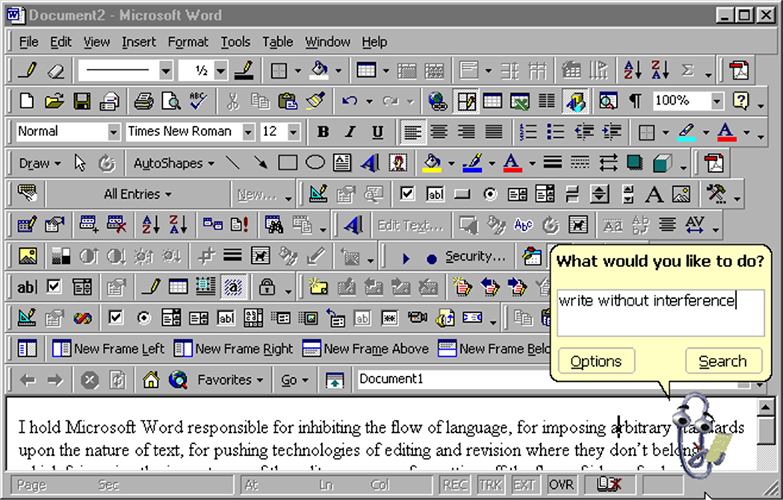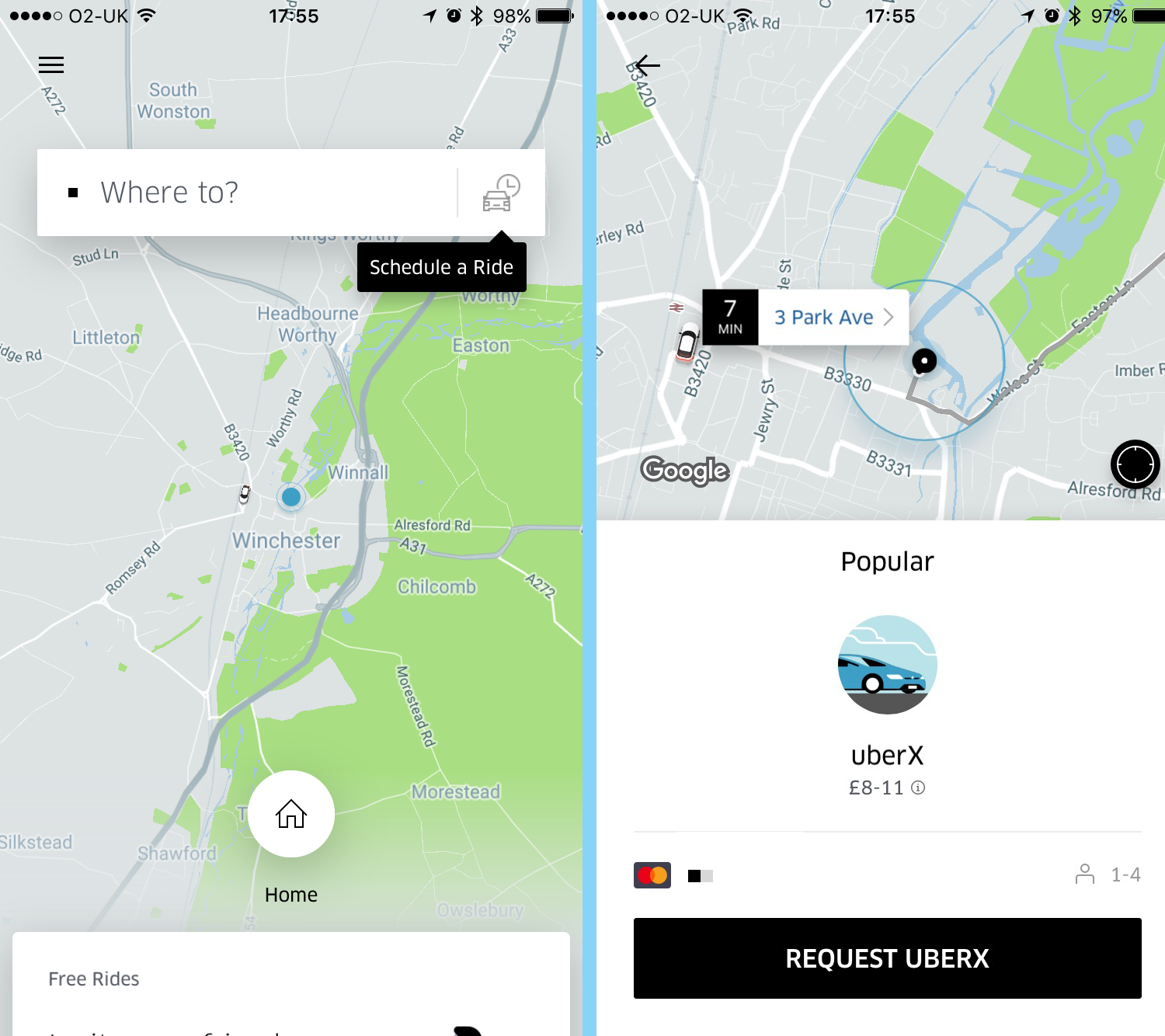Artefact One – A Digital Tool
Within Higher Education (HE) there is a level of user design that would not be acceptable elsewhere the digital tools often used are at an impasse.

Digital Design however has been moving fast adopting agile methodologies, rapid iteration and user testing to bring about new products that challenge the market. Apps such as Uber, Air B&B, DICE tickets and more have questioned the very nature of some current business practices, while others have revolutionised the way we share images, such as instagram.

The managed learning environment and even the managed apps within HE are slow to change and slow to respond to the needs of the user, be that staff or student. Of course there are many factors that impact on this and unlike the consumer space the corporate considerations around procurement, deployment and security often take precedence. The finance and administrative needs of an institute tend to drive the change. This is often at the frustration of staff and students.
The area that this PhD is focussed on is the Virtual Learning Environment (VLE). This directly impacts teaching and rubs up against the consumer model directly. In this instance the focus is systems such as Blackboard, Moodle or Canvas. Currently these systems in the main instance act as a repository for the teaching and learning materials for the tutors. These systems add very little value to the classroom, and specifically to studio based practice. Of course, over time, these systems over time have been added to with messaging, wikis, forums and even lecture capture to try and bridge the gaps.
This PhD will refocus on just the core delivery materials within art & design teaching and the connected resources and imagine new approaches that could better support studio based practice and networked learning.
This area is clearly recognised by many in Silicon Valley with claims that education is now ripe for disruption. There continues to be a proliferation of venture capital backed projects looking to move into this space.
Funding to education-technology companies is booming. Overall, the period from 2010 to 2014 saw more than a 503% growth in investment dollars. (Anon,2015)
Instead of looking towards Silicon Valley for business model inspiration this research will look at design practice and digitally native practices, it will utilise ideas of open source, indie tech and indie ed-tech as an alternative approach to the future of ed-tech, as a way to unlock the potential of the network.
Indie ed-tech, much like the indie music from which it takes its inspiration, seeks to offer an alternative to the algorithms, the labels, the templates, the profiling, the extraction, the exploitation, the control. It’s a big task—an idealistic one, no doubt. (Watters, 2016)
Although the research will involve a series of prototypes the main interface planned is one constructed around the principle of sharing two type’s of learning material, the slide deck and the text document. These two types of ‘document’ are core to art & design teaching. The text document is the brief and the slide deck is the wider context and launch. Both are presented at that start of every project but of course projects can contain more than one brief and more than one slide deck. Projects currently run within a UK HE Art School use this structure within their modules.
Artefact Two – The Manifesto
The investigation into a digital tool to better support teaching and learning for studio based practice will also yield and be guided by the creation of a Design Manifesto.
the Manifesto is a document of an ideology, crafted to convince and convert (Caws, 2001)
The Design Manifesto will outline the principles for creating future teaching and learning digital tools for studio based practice focusing on new paradigms specific to the digital medium. It will have wider application in developing future digital teaching and learning tools. Future tools that are delightful, design driven, ethical and open.
Part of the Manifesto and the design choices will evolve from current human centred digital design practice and be connected directly to education theories of constructivism and connectivism.
The building of the digital tool and testing of the prototypes will also refine the Design Manifesto.
The PhD will not be looking at assessment, messaging or administrative processes. However it will be concerned with understanding groups of learners within studio practice art & design situations.
This document outlines specific areas of research being undertaken and the key pillars that will inform the tool and the manifesto.
Section Bibliography
- Anon, 2015. Funding To VC-Backed Education Technology Startups Grows 503% over 5 Years. Available at: https://www.cbinsights.com/blog/ed-tech-funding-on-pace-record-year/ Accessed April 11, 2017.
- Watters, A., 2016. The Curse of the Monsters of Education Technology,
- Caws, M.A., 2001. Manifesto, U of Nebraska Press. Manifesto.

Start the discussion at discourse.adamprocter.co.uk